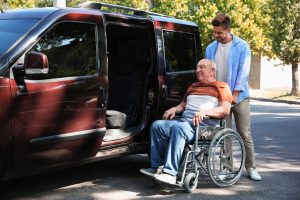Do you have an elderly loved one in a nursing home in San Bernardino County or elsewhere in California? If so, it is critical that you learn more about identifying signs of nursing home abuse and neglect, and that you learn about your options for reporting it. Much too often, when a visitor at a nursing home or assisted-living facility suspects abuse or neglect, they do not know who they should alert to their concerns or what steps to take in order to have their concerns addressed. Many people also worry that they will report their concerns when there is insufficient evidence, or when they are not completely certain that neglect or abuse has occurred.
If you have any concerns at all about nursing home abuse or neglect — including abuse or neglect in an assisted-living facility or another type of residential care facility for the elderly (RCFE) in Southern California — it is important to report it. You might just save your own loved one from further harm, as well as other residents at the facility. How do you make a report? There are different options you can consider.
Identify and Record Abuse and Neglect Concerns
 California Nursing Home Abuse Lawyer Blog
California Nursing Home Abuse Lawyer Blog









